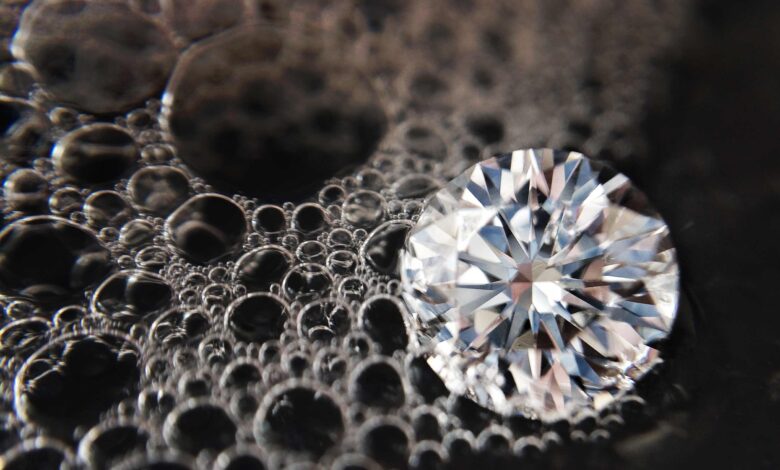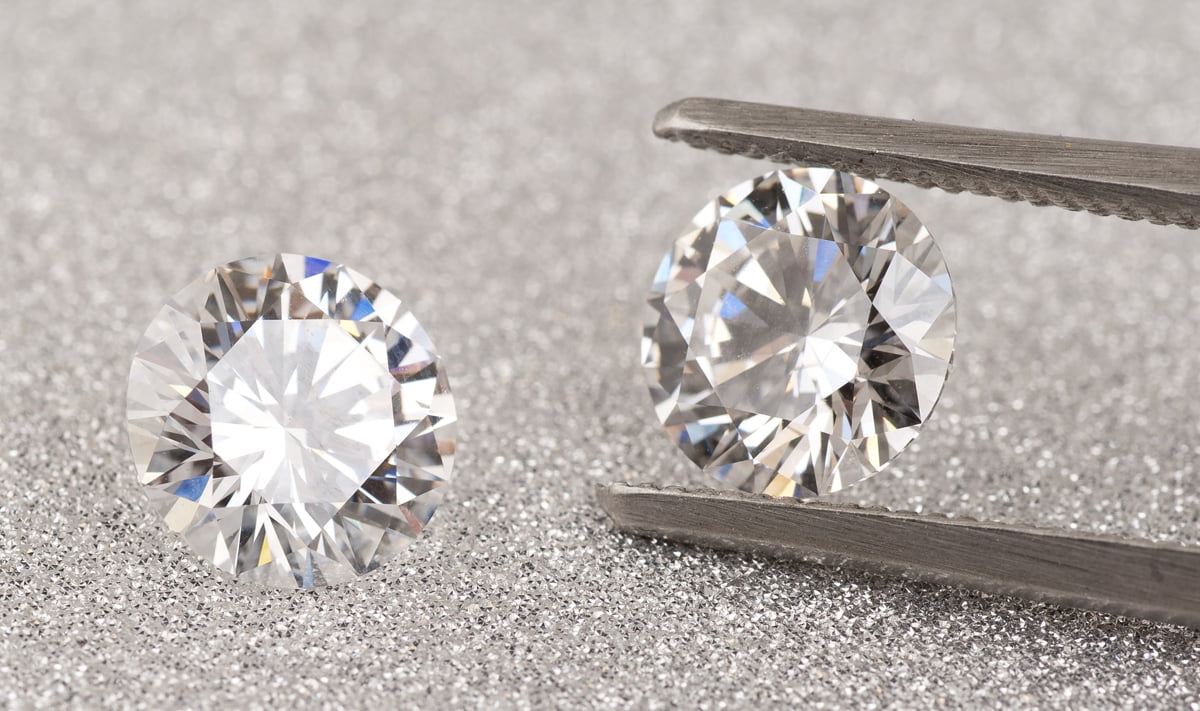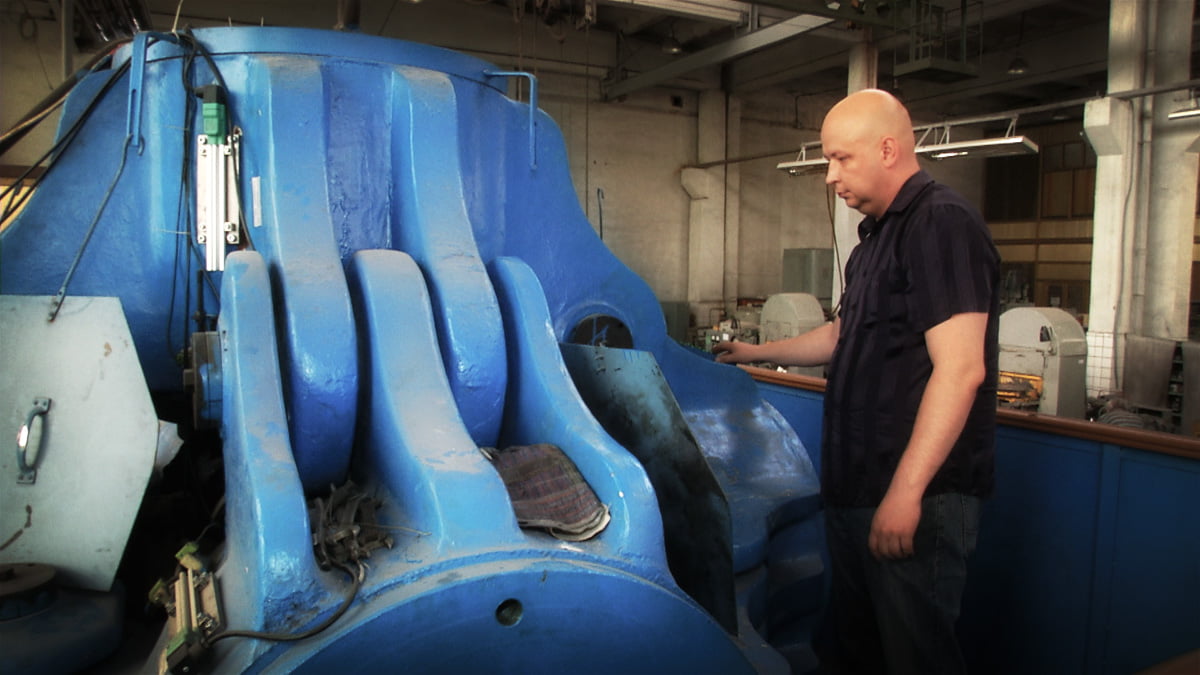Will lab grown diamonds be successful in India in 2022?

In 1947, the world experienced a new ‘cold war’ and the inflation rates hit 14%, De Beers completely changed the outlook of diamonds to the world with their advertising campaign saying a diamond is forever.
These four words have left a mark in history. Today, the world is fighting against rising inflation and ballooning world tensions. Will the world see another massive shift in the world of jewelry? This time it is due to the lab-grown diamonds. 
In the United States of America, lab-grown diamonds accounted for 3% of all specialty jewelry sales in 2020. In 2022, the rates have increased to a significant 7%. The world has seen such a successful increase in lab-grown diamonds that the retainers who used to previously mine diamonds have shifted to the lab-grown ones.
Queensmiths, a famous diamond brand in the US have stated that its sales have soared from 1% to 53% in the last two years.
The shift of Jewellers’ interest to growing lab-grown diamonds has been purely due to the customer’s demands despite organizations such as the Natural Diamond Councils having emphasized turning the customers back to mined diamonds.
What are lab-grown diamonds?
The only difference a lab-grown diamond shares with naturally grown ones is the origin. A lab-created diamond is grown inside the lab by using cutting-edge technology that replicates the same processes used in the growing of natural diamonds. As a result, the end product is chemically, physically, and optically the same composition which is obtained by growing beneath the earth’s surface.
Lab-grown diamonds are not the dupes of natural diamonds. They are not cubic zirconias. They resemble the physical as well as the chemical properties of a mined diamond. Ther are obtained under the same heat and pressure as in the crust of the planet earth. They have successfully shifted the stigma of blood diamonds that has been accepted worldwide in the category.
Benefits of using lab-grown diamonds:
- Lab-grown diamonds are eco-friendly: For every carat of diamond that is mined naturally, nearly 100 square feet of land is disturbed and almost 8000 pounds of mineral waste is generated.
- They are ethically sourced: Mined diamonds often result in severe occupational hazards for the workers causing severe risk injuries to one out of every 100 workers in the industry. Lab-grown diamonds help to overcome the hazard as there are no chances of injury inside the labs.
- Competitively priced: No diamonds are cheap as they last forever. But due to the shorter supply chain, lab-grown diamonds are found to be about 20 to 30 percent less expensive than mined diamonds.
The lab diamonds are grown by two processed High pressure-high temperature (HPHT) and chemical vapor deposition technology. The HPHT diamond is initially grown as a small diamond seed that is placed in carbon and under various manufacturing processes, the seeds are exposed to high temperatures and pressures approx 15000 degrees celsius and 15 million pounds respectively. As a result, the pure carbon liquifies and starts to form diamonds around the seed.
In the CVD diamond technology, the diamond starts its life as a thin slice of diamond seed, which is often an HPHT-produced diamond. The diamond seed is placed in a seed chamber and heated to around 800 degrees celsius.
The chamber is subsequently filled with gases like methane which is ionized with the help of plasma using technology. Further, the ionization breaks the molecular bonds of the gases which adhere to the diamond seed and slowly crystallize.
Globally, lab-grown diamonds are receiving much attention from people. The young generation are preferring lab-grown diamonds because of their affordable pricing.
The lab-grown diamonds can prove to be a revelation in the jewelry industry and suppress the demand for natural diamonds. This is mainly because natural diamond mining is associated with allegations of human rights violations, and land and water degradation.
In India, the growing market of LGD has been observed in Banglore. Bengaluru is the market for Avtaara, an online LGD jewelry label which is based in Mumbai.
Fiona diamonds share its experience regarding the sales of LGD diamonds. They have stated that most of the orders are placed from Bengaluru and the LGD comprises 80% of the company’s sales as compared to the naturally mined diamonds.
Many manufacturers have shared their concerns regarding the popularity of LGDs in India. They have opined that the lab-grown diamonds have shown success outside India but the same could not be expected in the case of India as the taste does not match South Indian customers. Moreover, people in India consider gold as a source of investment in place of diamonds.
But, the opinions seemed to contradict as the sales for LGDs kept on soaring in the South Indian states. Wondr Diamonds have shared the reports saying that 190 LGd pieces have been sold. The customers are often shown the advantage of LGDs compared to natural mined diamonds before they can make up their minds about purchasing them.
The less expensive price of the diamonds proved to attract a large customer base who were skeptical of purchasing diamonds because of their expensive price. Customers are preferring colorless LGDs because they are getting high-grade LGDs at the same price if lower-grade natural diamonds.
In addition to India, the demand for lab-grown diamonds has also been felt in many countries across the world. The sharp decline in rough diamond supplies from Russia due to the economic crisis has increased the demand for cheap lab-grown diamonds. Rising diamond prices amidst short supplies have shifted the consumer interest to LGDs which are 50 to 60 percent cheaper.

The market share of lab-grown diamonds has increased to about 8 percent from 2 percent within the time frame of two years. The US sanctions on Russian diamond mining company Alrosa have cut the diamond supplies by 30% after the Russian-Ukrainian war. Consequently, the country will experience a rapid decline in the rates of diamonds by 15 to 20 percent to 20 billion USD this fiscal compared to the last year’s fiscal.
In such a situation, lab-grown diamonds could be a huge turnover to the world’s economy.




